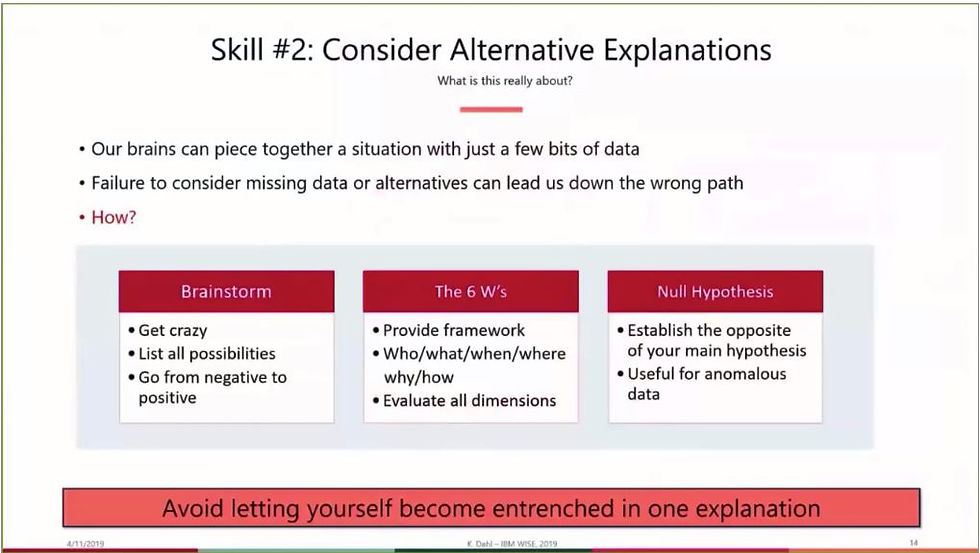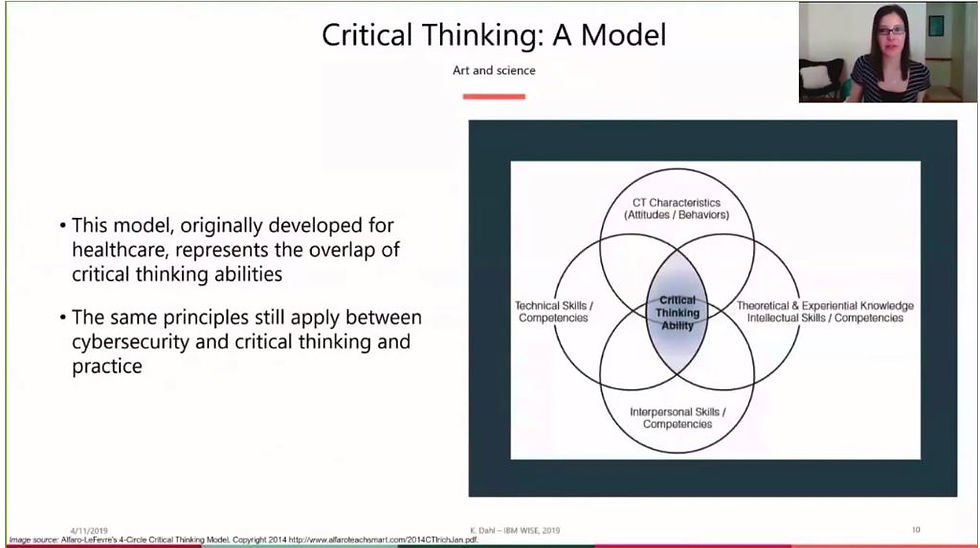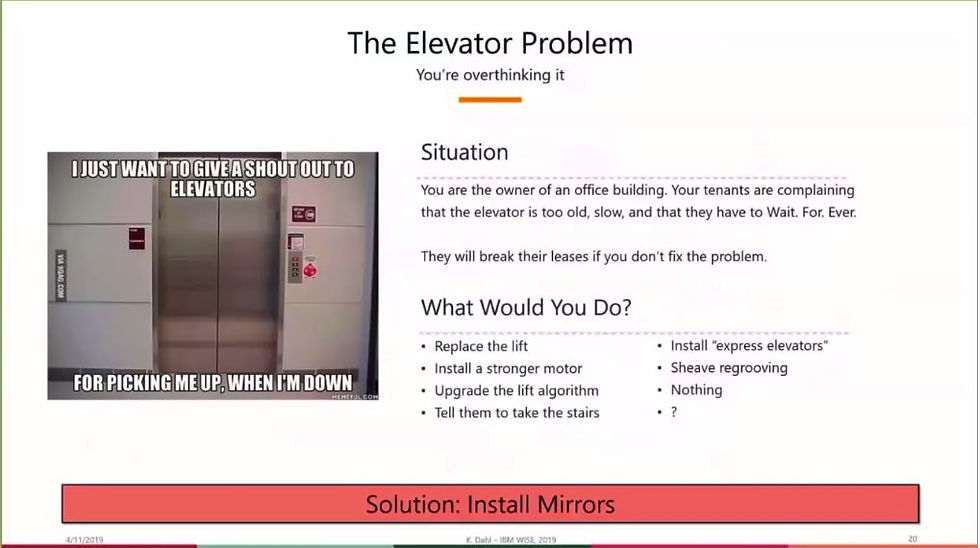Critical Thinking
- Casey

- Nov 5, 2020
- 2 min read

There are some things about "Critical Thinking" that should be considered, reviewed, and regularly tested. I am going to discuss a class I've recently taken with a subject matter that included a presentation on Critical Thinking. It caught my attention immediately simply by it's title.
The first topic was "What is Critical Thinking?", which was broken down into a series of power point graphs with explanations.
Critical thinking is the intellectually disciplined process of actively and skillfully conceptualizing, applying, analyzing, synthesizing, and/or evaluating information gathered from, or generated by, observation, experience, reflection, reasoning, or communication, as a guide to belief and action.
Brilliant! Clears it all up, Let's move on.
No that isn't enough to encompass critical thinking and what it "IS". So, we dig a little deeper and start to take it apart to look at it's internal workings (or innards *in some parts).
The materials and information being brought to you are directly from a conference presentation.
This talk, Beyond Technology, this was put together for a conference in Boston called Day of Security. By Kristin Dahl, Cyber Security Research Consultant, IBM X-Force IRIS.
In short, there are 5 keys to Critical Thinking
Challenge Assumptions
Consider Alternatives
Evaluate Data
Identify Key Drivers
Understand Content
Easy peasy lemon <ok enough!>. It's not a cut and dry 5 simple steps and *poof* you're a certified critical thinker. However, the presentation did bring some points to light about simple mistakes people make.

Problem:
Tenants of a building complained to the building owner that the elevator was too slow.

What would you do if you were the owner of the building?
Yea - I said the same thing - or something similar to it (I'm sure). Now, let's use her technique and then discover the solution.



OK - enough with the slides - (well one more with the solution).

The solution was to INSTALL MIRRORS! WHAT??
Evidently, after all of the critical thinking steps were completed and all aspects were taken into consideration, they realized by watching security footage, that people were bored while they were standing there waiting for the elevator.

After they installed mirrors, people were more entertained by their surroundings (looking at themselves and others) and the complaints stopped.
So, when you're thinking about something that requires your critical thinking skills, please remember the mirrors and that the answer may not always be what is assumed obvious!




Comments